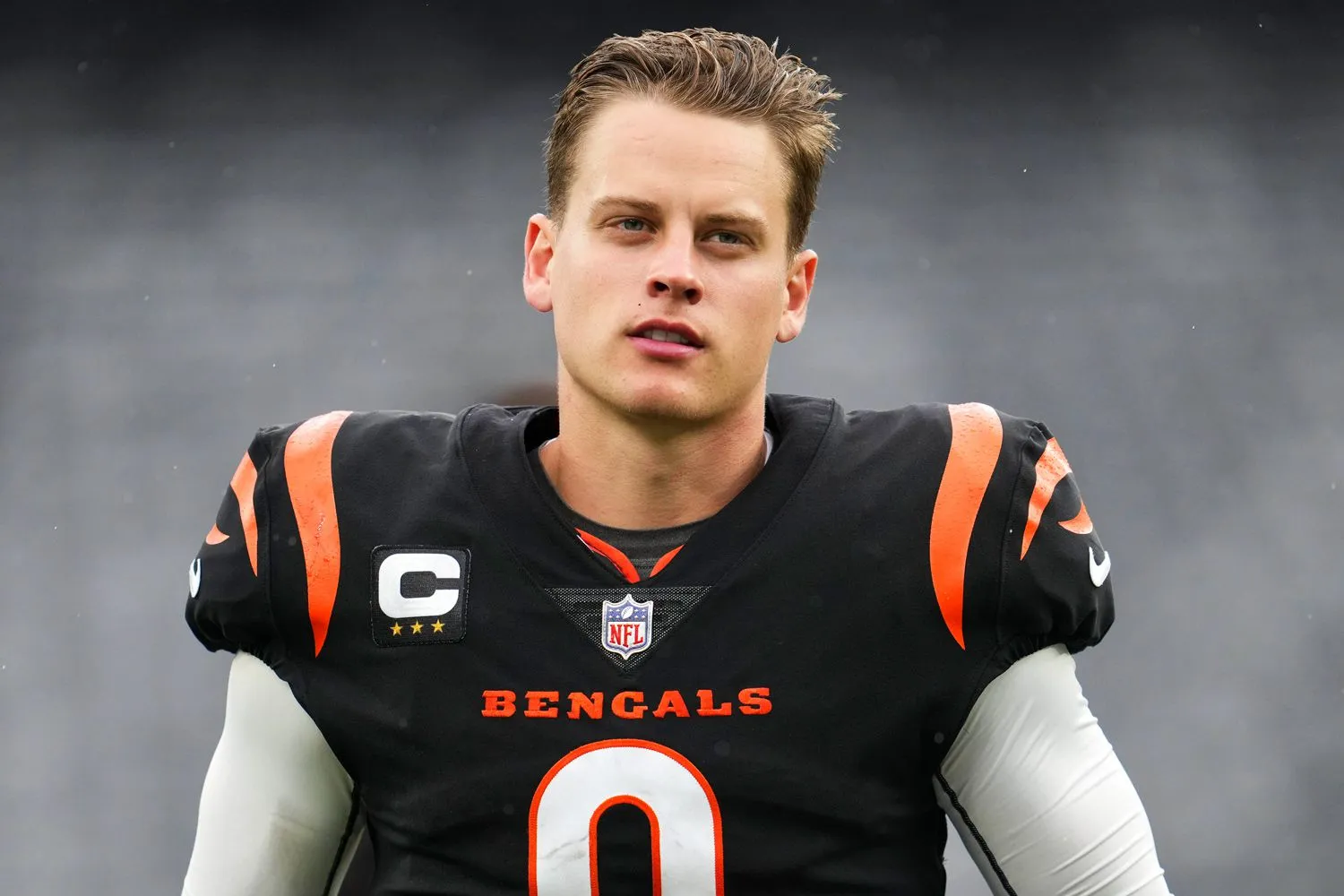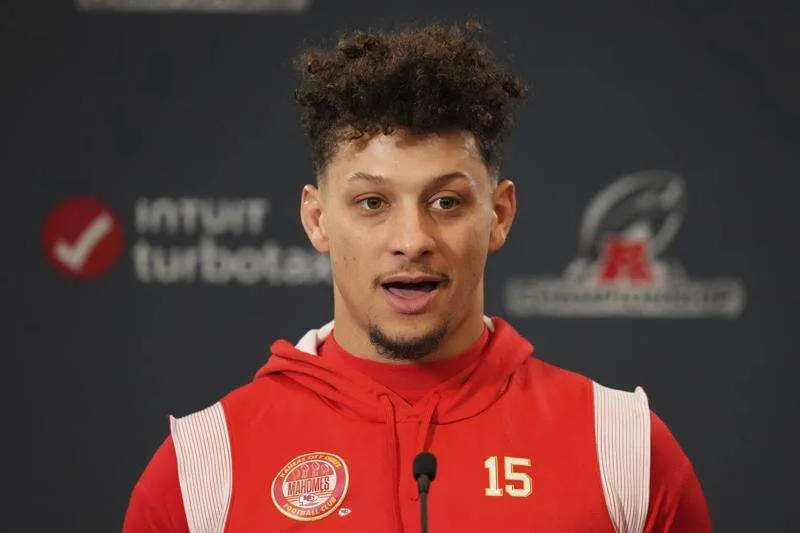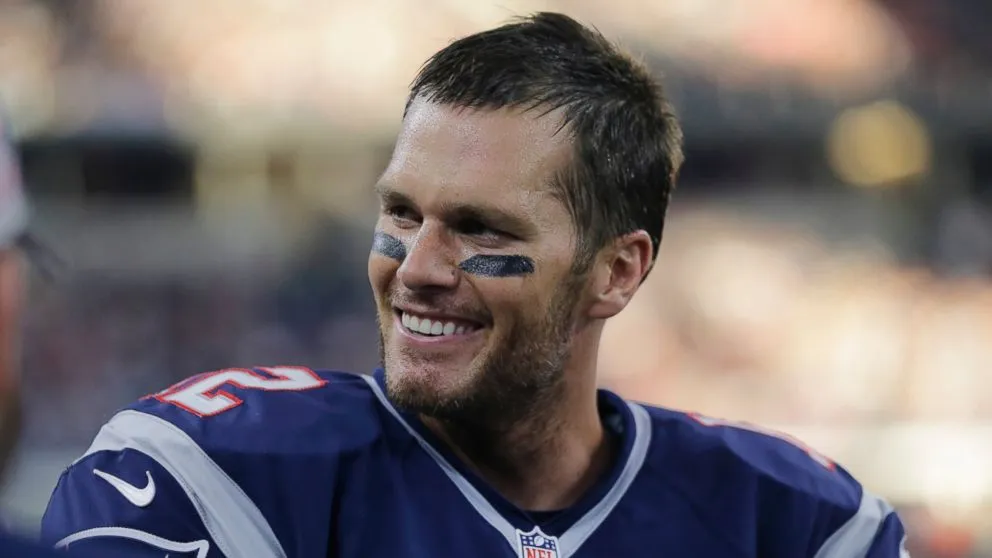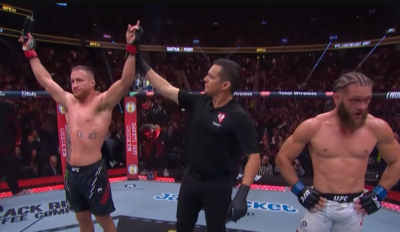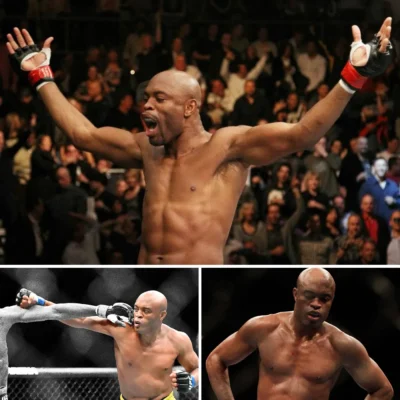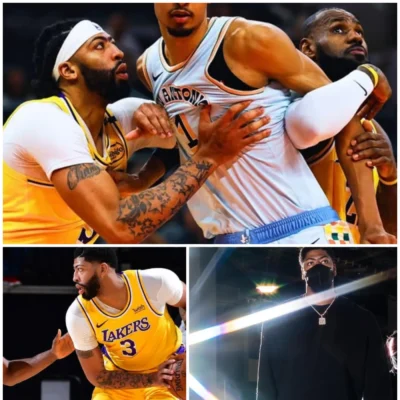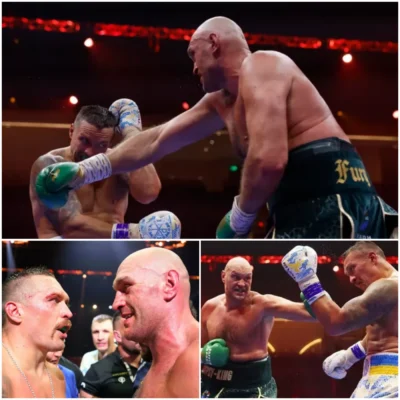
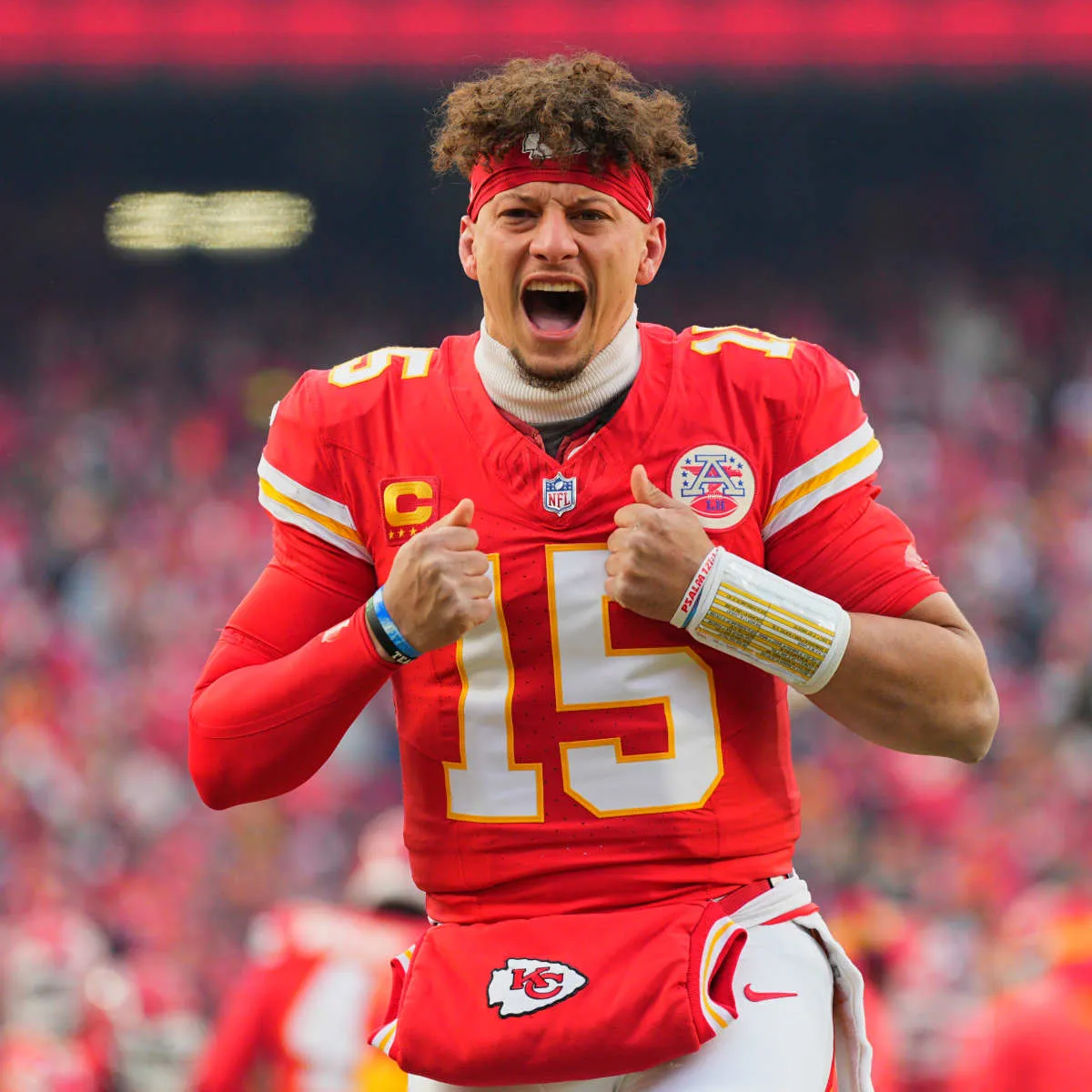
What’s Really Wrong With Patrick Mahomes and the Chiefs’ Offense? The Explosive Truth Fans Can’t Ignore Anymore
The Kansas City Chiefs have been the gold standard of NFL offenses for the past half-decade, with Patrick Mahomes at the helm orchestrating some of the most spectacular plays in football history. However, as the 2024 season progresses, even the most devoted Chiefs fans are beginning to notice something unsettling: the offense that once seemed unstoppable is showing cracks in its foundation. The explosive plays that defined the Mahomes era appear less frequent, and the seamless execution that made Kansas City’s offense poetry in motion has given way to frustrating inconsistency.
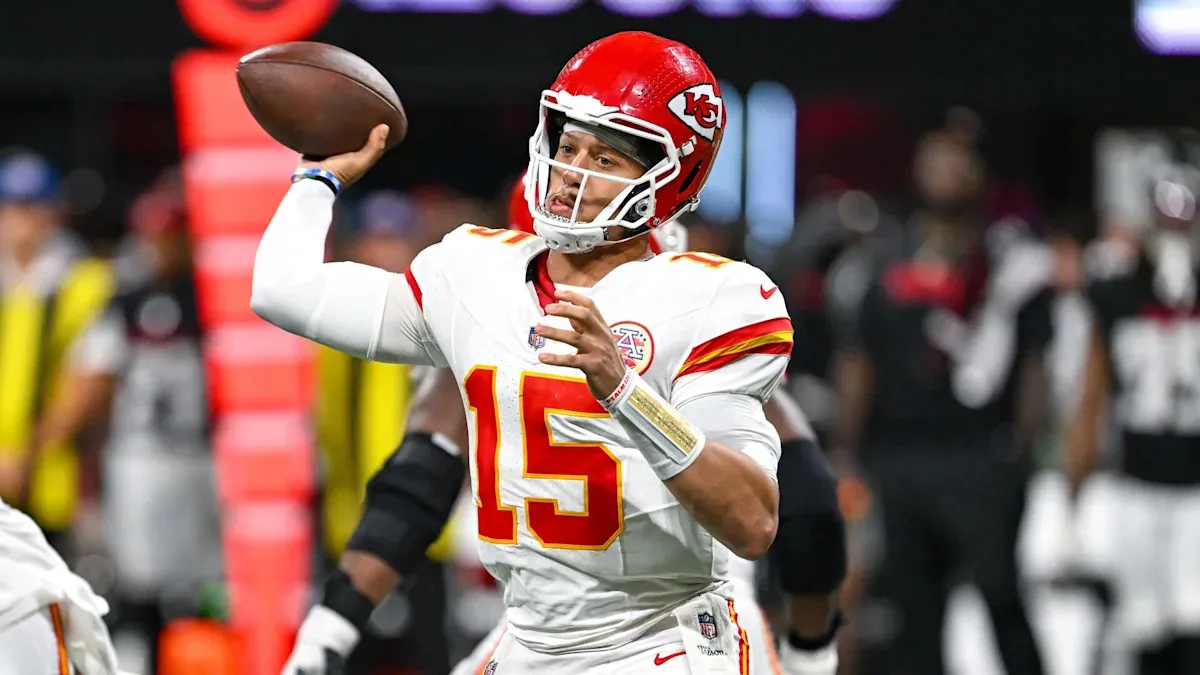
The Statistical Reality Behind the Struggles
The numbers don’t lie, and they paint a concerning picture for the Chiefs’ offensive production. While Mahomes continues to post respectable statistics, the underlying metrics reveal a troubling trend. The team’s yards per play have declined significantly compared to their peak years, dropping from an elite 6.2 yards per play in 2020 to a more pedestrian 5.4 in recent games. This might seem like a minor difference, but in the NFL’s razor-thin margins, it represents the difference between explosive drives and three-and-out possessions.
The red zone efficiency has also taken a notable hit. The Chiefs, once masters of converting scoring opportunities into touchdowns, are increasingly settling for field goals. Their touchdown percentage in the red zone has fallen from a dominant 70% to just 58%, forcing them to rely more heavily on Harrison Butker’s leg rather than Mahomes’ arm. This shift fundamentally changes the dynamics of games, as teams can keep pace with field goals rather than being blown out by touchdown salvos.
Perhaps most concerning is the third-down conversion rate, which has plummeted from elite territory to league average. The Chiefs’ ability to extend drives was once their calling card, with Mahomes’ improvisational skills and uncanny ability to find open receivers in crucial moments. Now, the offense struggles to maintain possession, leading to shorter drives and fewer scoring opportunities.
Personnel Changes and Their Devastating Impact
The departures of key offensive weapons have created a talent vacuum that the Chiefs haven’t adequately filled. Tyreek Hill’s trade to Miami removed the most dynamic deep threat in the NFL, a player whose mere presence on the field forced defensive coordinators to completely alter their game plans. Hill’s 4.29 forty-yard dash speed wasn’t just a number on paper; it was a game-changing weapon that opened up the entire field for other receivers and created the explosive plays that defined the Chiefs’ offense.
The loss of Sammy Watkins and other veteran receivers has compounded the problem, leaving the Chiefs with a receiving corps that, while talented, lacks the proven chemistry and reliability that championship offenses require. JuJu Smith-Schuster and Marquez Valdes-Scantling brought different skill sets, but neither could replicate the unique impact of Hill’s game-breaking ability.
The offensive line instability has been another critical factor. The departures of key linemen and the constant shuffling of positions have disrupted the pocket protection that allowed Mahomes to work his magic. The quarterback who once had seemingly endless time to create spectacular plays now faces more consistent pressure, forcing him into quicker decisions and limiting his ability to extend plays with his mobility.
Defensive Coordinators Have Cracked the Code
NFL defenses have evolved significantly in their approach to containing the Chiefs’ offensive schemes. What once seemed like an unsolvable puzzle has become increasingly predictable as defensive coordinators have accumulated years of film study and developed specific strategies to neutralize Kansas City’s strengths. The two-high safety looks that have become prevalent across the league are specifically designed to take away the deep passing game that was the Chiefs’ bread and butter.
Defensive coordinators have also become more sophisticated in their use of pattern matching and zone coverage concepts that specifically target the Chiefs’ favorite route combinations. The crossing routes, pick plays, and motion concepts that once created easy completions are now met with more disciplined coverage and better communication between defensive backs and linebackers.
The pass rush strategies have evolved as well, with teams employing more varied and creative blitz packages to disrupt the timing of the Chiefs’ passing game. Rather than relying solely on four-man rushes, defenses are bringing pressure from unexpected angles and using coverage disguises to confuse Mahomes’ pre-snap reads.
Patrick Mahomes’ Mechanical Regression
While it’s almost heretical to suggest that a quarterback of Mahomes’ caliber could be regressing, film analysis reveals subtle but significant changes in his throwing mechanics. The effortless arm strength that once allowed him to make throws from any arm angle and body position appears to require more effort now. His footwork in the pocket has become less consistent, with more happy feet and a tendency to drift backward under pressure rather than stepping up into clean pockets.
The decision-making process has also shown signs of hesitation that weren’t present in his MVP seasons. Where Mahomes once pulled the trigger with supreme confidence, there’s now a split-second of uncertainty that allows defensive backs to close on receivers and break up passes that would have been completions in previous years. This hesitation is particularly noticeable on intermediate routes over the middle of the field, where timing and anticipation are crucial.
His accuracy on deep throws has declined as well, with more passes sailing high or behind receivers who are running at full speed. The spectacular deep ball completions that once seemed routine now require multiple attempts, and the margin for error has shrunk considerably.
Andy Reid’s Offensive Philosophy Under Fire
Andy Reid’s offensive system, once hailed as revolutionary, is showing signs of staleness as the league has caught up to his innovations. The West Coast offense principles that Reid has masterfully adapted for the modern NFL are being countered by defenses that have seen these concepts for years and developed specific countermeasures.
The play-action concepts that once created huge gains are now less effective as linebackers and safeties have become more disciplined in their coverage responsibilities. The motion and misdirection that confused defenses are now standard elements that most defensive coordinators prepare for extensively.
Reid’s red zone play-calling has also come under scrutiny, with critics pointing to an over-reliance on complex concepts in tight spaces where simpler, more direct approaches might be more effective. The creativity that was once the Chiefs’ greatest strength in scoring situations has sometimes become a liability as defenses have learned to anticipate and counter these elaborate schemes.
The Psychological Factor: Championship Pressure
The mental burden of being the hunted rather than the hunter has clearly affected the entire Chiefs organization. Every opponent brings their absolute best effort against Kansas City, knowing that a victory over the defending champions can define their season. This constant target on their backs creates pressure that didn’t exist during their rise to prominence.
The championship expectations have also changed the team’s approach to the game. Where they once played with the freedom and creativity of a team with nothing to lose, they now carry the weight of defending their status as the league’s elite offense. This pressure manifests in tighter play, fewer risks, and a more conservative approach that contradicts the very principles that made them successful.
Mahomes himself has acknowledged feeling the weight of expectations, and it’s visible in his body language and demeanor on the field. The loose, confident quarterback who once made impossible throws look routine now appears more measured and careful, traits that can be valuable but also limit the explosive potential that defined his early career.
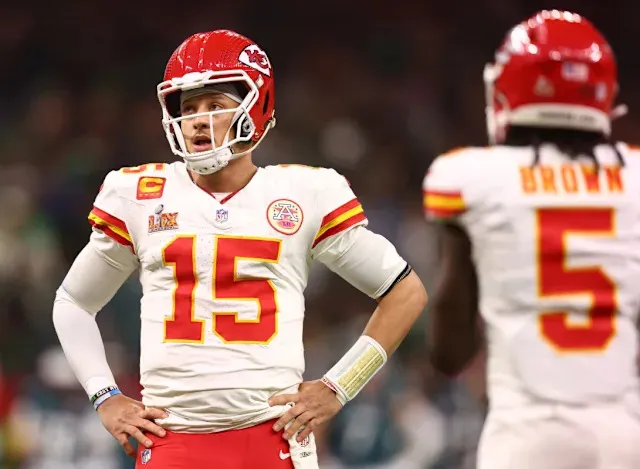
The Path Forward: Solutions and Adaptations
Despite these challenges, the Chiefs’ offensive foundation remains strong enough to support a return to elite status. The solution lies not in wholesale changes but in strategic adaptations that address the specific issues plaguing the unit. Scheme adjustments that account for modern defensive trends, combined with personnel additions that restore the deep threat element, could quickly return the offense to its previous heights.
The development of younger receivers like Rashee Rice and the continued evolution of Travis Kelce’s role in the offense provide reasons for optimism. These players bring different skill sets that, when properly utilized, could create new dimensions to the Chiefs’ attack that defenses haven’t yet learned to counter.
Most importantly, the core leadership of Mahomes and Reid remains intact, providing the institutional knowledge and experience necessary to navigate these challenges. Their track record of adaptation and innovation suggests that this current struggle may be temporary, a natural evolution in the ongoing chess match between elite offenses and the defenses designed to stop them.
The Chiefs’ offensive struggles represent a fascinating case study in how even the most dominant units must constantly evolve to maintain their edge in the NFL’s competitive landscape. While the current challenges are real and significant, they’re not insurmountable for a team with the talent and leadership that Kansas City possesses.








